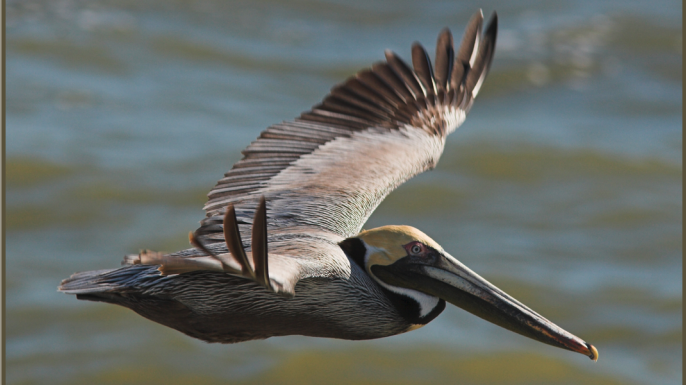New SE CASC Publication Uses Structured Decision Making to Support Avian Conservation Efforts

SE CASC Research Ecologist Mitch Eaton and 2013-14 Global Change Fellow Michael Just are co-authors on a recently published article, Structured Decision Making and Optimal Bird Monitoring in the Northern Gulf of Mexico. This USGS Open File Report was supported by the SE CASC project, Gulf of Mexico Avian Monitoring Network: A Forum to Facilitate Integrated and Complementary Data Collection for Avian Populations and Their Habitats. This fact sheet describes outcomes from this project.
Abstract
The avian conservation community struggles to design and implement large scale, long-term coordinated bird monitoring programs within the northern Gulf of Mexico due to the complexity of the conservation enterprise in the region; this complexity arises from the diverse stakeholders, multiple jurisdictions, complex ecological processes, myriad habitats, and over 500 species of birds using the region for at least some part of their annual cycle. In addition, long-term monitoring over large spatial scales is difficult because of the need for monitoring data to both (1) evaluate management and restoration outcomes, and (2) provide reliable information about the status and trends of bird populations over time.
To address these challenges, the Gulf of Mexico Avian Monitoring Network developed a problem statement:
“How can a cost-effective monitoring strategy for the Gulf Coast bird community and ecosystem be developed that evaluates ongoing conservation activities and chronic and acute threats; maximizes learning; and is flexible and holistic enough to detect novel ecological threats and evaluate new and emerging conservation activities?”
A structured decision-making framework was then used to articulate and quantify stakeholder values related to the problem statement. One use of the stakeholder values was to develop a regional, strategic plan for bird monitoring, which is presented elsewhere. A formal and complete decision support tool for conservation investments in monitoring and research guided by the stakeholder values is presented in this report. The technical aspects of the stakeholder value model and a portfolio analysis that could be used to guide decision making when allocating resources for monitoring activities is described. Whereas the decision analysis presented here could be useful to any decision maker faced with difficult choices about resource allocation, it is designed for decision makers who request monitoring study proposals and then determine which combination of proposals to fund. The portfolio decision support tool is designed to help funding agencies and organizations identify resource allocation strategies to maximize stated objectives.
To begin the decision analysis, an objectives hierarchy and quantitative performance metrics from the values of the Gulf of Mexico bird conservation community were created by a panel of regional stakeholders. Each fundamental objective and sub-objective in the hierarchy is composed of several performance metrics. To test the decision support tool, the authors evaluated a combination of monitoring study proposals written for the region and simulated proposals. Each proposal was scored against the performance metrics and used multi-attribute utility theory to combine the multiple objectives into a measure of total monitoring benefit. The total monitoring benefit and costs of each proposal were then used in a constrained optimization routine to identify optimal monitoring portfolios, that is, a combination of activities that maximizes monitoring benefits while meeting cost and other constraints of interest to stakeholders. A graphical solution based on the concept of Pareto efficiency, which is useful in situations when cost constraints and exact budgets are not known, is also provided. Finally, an evaluation of the sensitivity of the decision-making framework to the weights assigned to objectives by stakeholders is included. This decision support tool allows decision makers to identify an optimal suite of monitoring proposals with a transparent portfolio analysis that includes user-defined constraints (such as costs).
Fournier, A.M.V., Wilson, R.R., Lyons, J.E., Gleason, J.S., Adams, E.M., Barnhill, L.M., Brush, J.M., Cooper, R.J., DeMaso, S.J., Driscoll, M.J.L., Eaton, M.J., Frederick, P.C., Just, M.G., Seymour, M.A., Tirpak, J.M, and Woodrey, M.S., 2021, Structured decision making and optimal bird monitoring in the northern Gulf of Mexico: U.S. Geological Survey Open-File Report 2020–1122, 62 p., https://doi.org/10.3133/ofr20201122.
- Categories:
